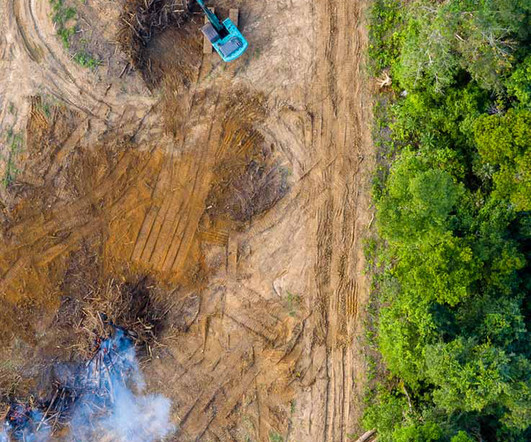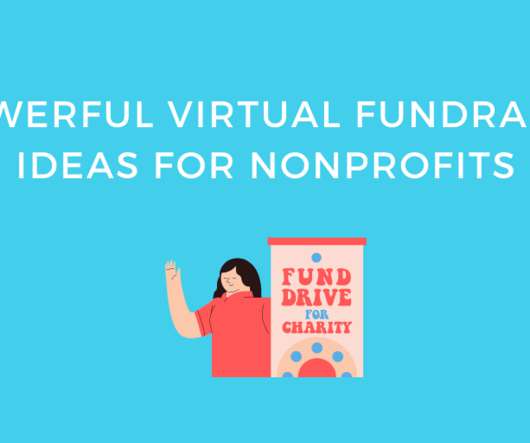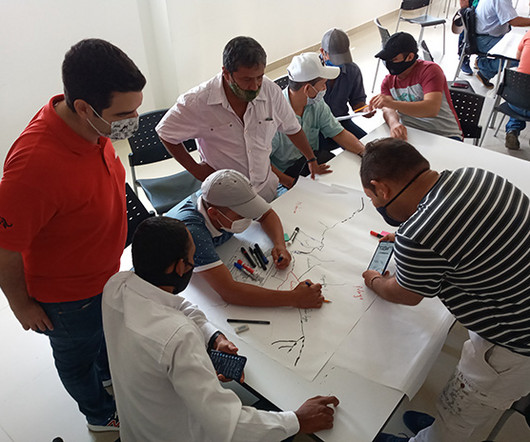Reimagining the Role of Business in Protecting Biodiversity
Stanford Social Innovation Review
FEBRUARY 26, 2024
Biodiversity Loss and Global Corporations The imminent loss of one million species presents a grave threat, impacting human health, food security, rural communities worldwide, and over half of the global GDP. These policies hold a clear expectation for global corporations to engage in and promote biodiversity conservation and restoration.












Let's personalize your content